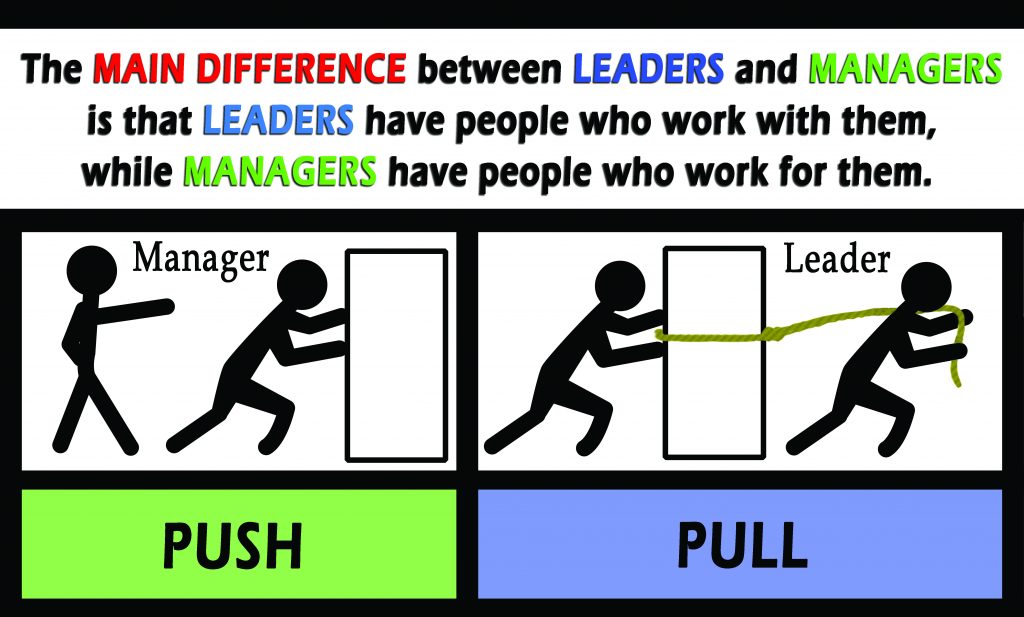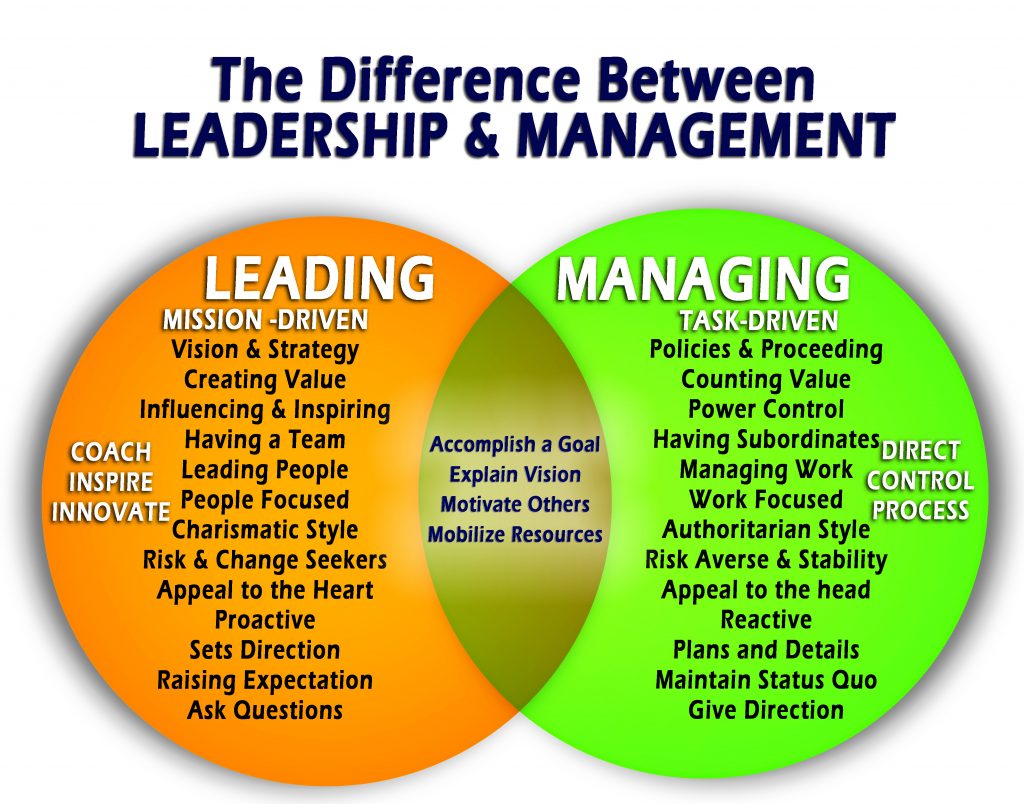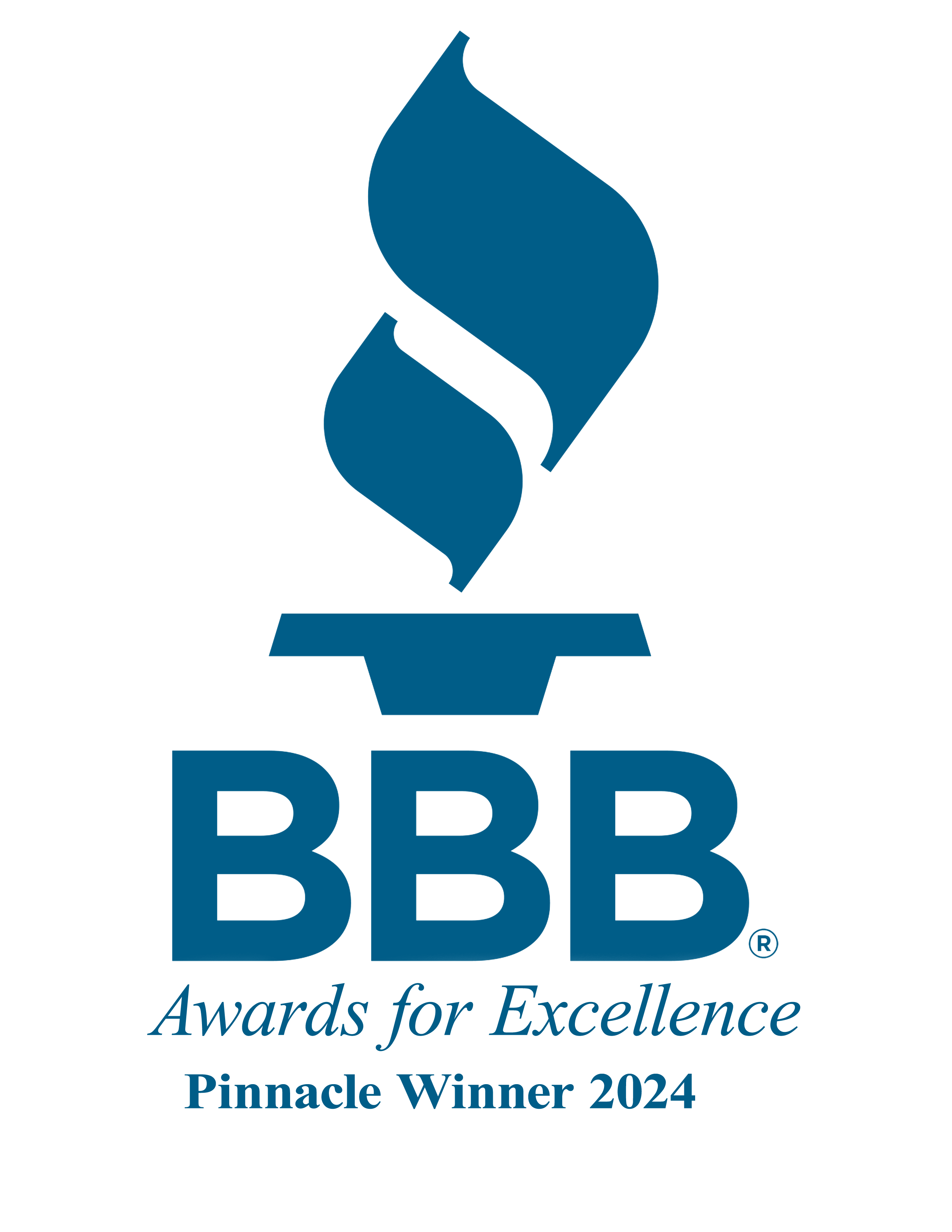Court Halts Enforcement of Corporate Transparency Act: What Businesses Need to Know
By Chris Bernier

The Corporate Transparency Act (CTA), enacted under the stated intent to promote transparency and combat financial crimes, has faced a significant roadblock in the second ruling against the Act. A federal court in Texas on December 3, 2024 issued an injunction halting the enforcement of its reporting requirements nationwide. Here’s what this means for business owners and how you can stay prepared for potential changes.
What is the CTA?
The CTA requires businesses to report detailed beneficial ownership information to the Financial Crimes Enforcement Network (FinCEN). The law aims to curb financial misconduct, including money laundering and tax evasion, by increasing accountability but many have felt it is overreaching and intrusive of business owners privacy. Businesses that fail to comply could face severe penalties.
What Changed?
A recent court ruling has temporarily enjoined the enforcement of these requirements, citing concerns about the CTA’s constitutionality. The court highlighted potential violations of privacy and Fourth Amendment rights, creating uncertainty for the future of the law. While the injunction is in place, businesses are no longer required to file ownership reports.
What This Means for You
• Temporary Suspension: If your business was preparing to comply, there is no immediate need to file reports.
• Ongoing Uncertainty: This injunction is subject to appeal, and the reporting requirements may be reinstated if the ruling is overturned.
• Preparation is Key: Staying informed and organized will help you adapt quickly to any changes.
Stay Ahead of the Curve
While the future of the CTA remains uncertain, proactive planning is essential. Reach out to us today to discuss any changes that affect your business and ensure you’re ready for whatever comes next.
Want to Learn More? Contact Us!
DRDA is committed to helping businesses navigate complex regulations with ease. Contact us for personalized advice and support.
- Published in Small Business, Starting a Business, Tax
Year-End 401(k) Housekeeping: Set Your Retirement Savings Up for Success
By: Bryan Uecker, QPA, QPFC, AIF, AIFA

2024 end year to Happy New Year 2025 with Doctor, heart shape and coins stack. Money for Healthcare cost, Money Saving, Health Insurance, Medical, Donation and Financial concept
As the year winds down, it’s a great time to take stock of your financial progress and prepare for the year ahead. Your 401(k) plan is one of the most powerful tools for building long-term wealth, so don’t overlook the opportunity to give it some year-end attention. A few simple housekeeping steps now can help ensure your retirement savings are on track and working as hard as you are.
Here are three essential tasks every 401(k) participant should complete before the new year:
- Increase Your Contribution Rate by At Least 1%
Small, consistent increases to your deferral rate can make a huge difference in your retirement savings over time. If your plan doesn’t have auto-escalation, it’s up to you to manually increase your contributions.
• Why It Matters: A 1% increase may seem small, but over time, compounded growth can turn modest contributions into significant savings.
• How to Do It: Log into your 401(k) account, find the contribution section, and raise your deferral rate. Even better, if you’ve received a raise or bonus, consider increasing your contributions by more than 1% to fully capture the benefits of your income growth.
Pro Tip: If your plan offers a match up to a certain percentage, make sure you’re contributing at that level to get the full match – it’s free money! - Set Up Auto Rebalance
Market fluctuations can throw your portfolio out of alignment with your intended investment strategy. Auto-rebalancing automatically adjusts your holdings to maintain your chosen asset allocation, ensuring your investments stay on track.
• Why It Matters: Over time, certain investments may outperform others, causing your portfolio to drift from your risk tolerance or retirement goals. Rebalancing helps reduce risk and maintain diversification.
• How to Do It: Most 401(k) plans allow you to enable auto-rebalancing online. You can typically choose the frequency (quarterly, semi-annually, or annually). Select a schedule that works for you and let the system handle the adjustments.
Pro Tip: Rebalancing doesn’t involve selling or withdrawing funds—it’s simply reallocating your existing investments. It assures that you are always selling high and buying low. - Update Your Beneficiary Information
Life changes, such as marriage, divorce, or the birth of a child, can impact who you want to inherit your 401(k) assets. Failing to update your beneficiary designations can lead to unintended outcomes.
• Why It Matters: Beneficiary designations override your will or trust, meaning the person listed on your 401(k) account will receive the funds, regardless of other legal documents.
• How to Do It: Log into your account, locate the beneficiary section, and ensure your information is up to date. If your marital status has changed this year, updating your beneficiary designation is especially important.
Pro Tip: Include a contingent (backup) beneficiary to ensure your wishes are honored even if the primary beneficiary is unavailable.
Bonus: Review Your Overall Retirement Strategy
While you’re tidying up your 401(k), take a moment to ensure your broader retirement plan aligns with your long-term goals:
• Check Your Savings Progress: Are you on track to meet your retirement savings goals? Consider increasing contributions if you’re behind.
• Review Investment Performance: Look at your portfolio’s performance and make sure your investments are still aligned with your risk tolerance and time horizon.
• Understand Plan Features: Take advantage of features like catch-up contributions (if you’re over 50) or Roth 401(k) options for tax diversification.
Start the New Year Financially Strong
A little year-end attention to your 401(k) plan can go a long way toward securing your financial future. By increasing your contributions, setting up auto-rebalance, and updating your beneficiary information, you’ll enter the new year with confidence and a well-tended retirement plan. Take 30 minutes today to complete these tasks—you’ll thank yourself later!
- Published in ROBS 401(k), ROBS 401k Provider
Starting a Business Later in Life
By James Barrera

Before moving forward put together a business plan. It’s not necessary to expend a lot of time on this document, as long as you can clearly state your intended strategy and clearly define the scope of your intended sales, marketing, and financing efforts.
Starting a business at any age can be a daunting experience, but doing so after age 50 offers its own challenges and opportunities. The risk factor is as high as it is for a business owner of any age. On the other hand, you have a depth of experience and knowledge that is not present in most budding 25-year entrepreneurs.
If you are considering a startup of some kind in your fifties or later be sure you can answer the following questions.
Are you prepared?
This is no time to jump into the marketplace just to see what happens. If you think you have a great business idea then test it against a thorough market analysis. You need to know who your potential competitors and customers are, but even more critically, if there’s likely to be a genuine demand for your product or service.
Before moving forward put together a business plan. It’s not necessary to expend a lot of time on this document, as long as you can clearly state your intended strategy and clearly define the scope of your intended sales, marketing, and financing efforts.
Do you have passion?
For business owners aged 50 and older, there is no getting around a simple fact: you’re just not as young as you used to be. Starting a business requires the stamina to put in many long hours upfront. Not everyone can meet the physical demands of hard work and lack of sleep. You must have passion for this new business. Making money cannot be your sole motivator – since you may not see profits in the early stages.
Have you looked at the costs?
You are going to need start up funds. Whether you put up your hard dollars, obtain a loan for financing, or tap into your retirement funds tax and penalty free you need to find an accountant experienced in new business ventures to realistically assess the likely startup costs. The plus side here is that by age 50 or greater many have managed to put away a substantial amount of money in their 401k/IRA accounts. DRDA’s self-directed 401k program – the BORSA Plan – would give you access to these funds without tax or penalty erosion.
How can you build on your experience?
Starting a business later in life gives you the unique opportunity to draw on a lifetime of experience. By now you have a much better sense of your strengths and weaknesses. Chances are you have also accumulated a network of contact who can help you along the way, either directly or through referrals to people who can help you.
Are you considering business ownership at age 50+? One of our Business Consultants would be happy to offer you a free initial consultation. Give us a call at 281-488-2022.
- Published in ROBS 401(k), ROBS 401k Provider, Small Business, Starting a Business
Guide to Dissolving a Corporation in Texas
By: Bryan Uecker, QPA, QPFC, AIF, AIFA

For many business owners, there may come a time when operating a corporation no longer aligns with their financial or strategic objectives. Whether due to business restructuring, financial challenges, or other factors, following the correct dissolution procedures is essential to avoid legal and financial consequences. At DRDA, LLC, we can help you navigate the complex steps involved in dissolving your corporation.
What is Corporation Dissolution?
Corporation dissolution refers to the formal process of ending a corporation’s legal existence. Dissolution may occur voluntarily, through a decision by the shareholders or board of directors, or involuntarily, by court order in cases of fraud, mismanagement, or failure to comply with state requirements.
In Texas, the Texas Business Organizations Code (BOC) outlines the process for corporation dissolution and termination. By following these guidelines, corporations can avoid liabilities related to unresolved debts and ensure a structured wind-down of business activities.
Steps to Dissolve a Corporation in Texas
Dissolving a corporation in Texas involves several steps and compliance with state laws and regulations. Although specific steps may vary depending on your corporation’s unique circumstances, the general process includes the following:
- Initiate the Dissolution Process
Once you decide to close the corporation, hold a board of directors meeting to formally approve the decision. Two main options exist to begin voluntary dissolution:
– Board of Directors Resolution: Secure a resolution from the board of directors approving the dissolution, and document it in the corporate records.
– Unanimous Shareholder Approval: If required by corporate bylaws, gain unanimous approval from shareholders, either through a vote or written consent. For small businesses, shareholders often also serve as directors, making this step more straightforward. Document this approval in the corporate . - File Articles of Dissolution
Once approval is secured, prepare and file Articles of Dissolution with the Texas Secretary of State to officially notify the state of the corporation’s dissolution. Information required includes the corporation’s name, dissolution date, and a statement affirming that debts and obligations have been addressed. - Conduct the Wind-Up Process
After filing for dissolution, your corporation remains active solely to wrap up its business affairs. During this process, the corporation must:
• Cease business operations except for those necessary for final transactions
• Notify creditors
• Liquidate assets
• Settle outstanding legal matters
• Pay debts, taxes, and liabilities
• Distribute any remaining assets to shareholders - Obtain Tax Clearance
Before completing the dissolution, you must obtain tax clearance from the Texas Comptroller of Public Accounts. This includes paying any outstanding state taxes, filing all required tax returns, and securing a Tax Clearance Letter from the Comptroller’s office. - Notify Creditors
Provide written notice of the dissolution to all known creditors, allowing them a specified timeframe to submit claims against the corporation. - Cancel Business Registrations
Cancel any business registrations, licenses, or permits held by the corporation with state or local authorities to prevent future fees or reporting obligations. - File Final Tax Returns
Complete and file final federal and state tax returns, reporting the corporation’s termination and any capital gains or losses, to ensure compliance with tax obligations.
Following these steps can streamline the dissolution process and help prevent issues. If you’re ready to dissolve your corporation, reach out to the team at DRDA, LLC for expert guidance and support through each phase of the process.
- Published in ROBS 401(k), ROBS 401k Provider, Small Business
IRS Updates: 2025 Contribution and Benefit Limits Released in Notice 2024-80
By: Bryan Uecker, QPA, QPFC, AIF, AIFA

The IRS has announced the 2025 contribution and benefit limits in Notice 2024-80, released on November 1.
Key Contribution Limits for 2025:
- 401(k), 403(b), 457, and Thrift Savings Plans: The standard contribution limit for these plans increases to $23,500, up from $23,000 in 2024.
- Catch-Up Contributions for Ages 50 and Over: The catch-up contribution limit remains at $7,500, allowing individuals aged 50 and older to contribute up to $31,000 across 401(k), 403(b), most 457 plans, and the Thrift Savings Plan.
- Special Catch-Up Contributions for Ages 60 to 63: SECURE 2.0 introduced an additional catch-up provision for individuals ages 60 through 63. In 2025, this special catch-up amount is $11,250 for 401(k), 403(b), and most 457 plans, allowing for a total contribution limit of up to $34,750 for these participants.
- Defined Benefit and Contribution Plans (IRC Section 415): The annual benefit limit for defined benefit plans rises to $280,000 (up from $275,000), and the limit for defined contribution (DC) plans increases to $70,000 (up from $69,000).
Other Key Adjustments:
- Annual Compensation Limits: The maximum compensation considered for qualified plans is now $350,000 (up from $345,000).
- Top-Heavy Plan Key Employee Definition: Limit increased to $230,000 (up from $220,000).
- Highly Compensated Employee Definition: Raised to $160,000 from $155,000.
These 2025 updates, including special catch-up contributions for ages 60-63, provide increased flexibility and savings opportunities for retirement planning.
- Published in ROBS 401(k), ROBS 401k Provider, Small Business, Starting a Business
DRDA, LLC Was Awarded the BBB Pinnacle Award for Excellence in Accounting/Taxes for 2024
By: Eva Jiang, M.B.A., M.S.

We are pleased to announce that DRDA, LLC was named the Pinnacle Winner in the Accounting/Taxes category at the 2024 BBB Awards for Excellence. We appreciate the recognition that the Better Business Bureau has bestowed on DRDA, LLC .
Commitment to Core Values
At DRDA, LLC we value integrity, accountability, and respect. These values are the foundation of how we work with our clients and within our team. We are dedicated to not only providing excellent service but also building sustainable relationships that contribute to long-term success. You can learn more about who we are.
Appreciation and Responsibility
We are grateful to the Better Business Bureau and the Greater Houston community for this recognition. It serves as a reminder of the standards we strive to meet every day. While we celebrate this achievement, we remain focused on continuing to uphold the principles that earned us this honor and are committed to maintaining the trust and confidence of our clients.
Looking Ahead
As we move forward, our aim is to continue innovating and finding ways to better serve our clients and community. We are thankful for the opportunity to make a positive impact and will keep working to live up to the expectations that come with this award.
If you’re interested in learning more about a career at DRDA, LLC visit us here.
- Published in Culture, Team Achievement
Are You Ready to Be the Boss?
By James Barrera
Which are you – Manager, Leader or Both?

In an ever-increasing competitive workplace, how we show up matters. If you want to get ahead, you must show up as a leader – not only a manager. The difference between leadership vs management is big, and the distinction between the two matters. Not every manager is a leader, and not every leader is a manager, the ability to balance both is a feat many of us aspire to achievement.

A successful business owner needs to be both a strong leader and manager to get their team on board to follow them towards their vision of success. Leadership is about getting people to understand and believe in your vision and to work with you to achieve your goals while managing is more about administering and making sure the day-to-day things are happening as they should.

What Is Management?
Managers make the business world go around. When goals and objectives are set, managers are the implementers. They get things done. Management requires planning, organizing and controlling the various aspects of projects and the related outcomes. Managers are process oriented. They rely on other people, primarily subordinates, to complete tasks and move projects along. Managers delegate set deadlines and evaluate work product. They also course-correct when needed.

What is Leadership?
Management is an essential skill required to perform effectively. It is also a foundational skill that can evolve into leadership. But leadership is a combination of personal qualities that inspire others to follow. A leader is not a power of authority, but a process of social influence which maximizes the efforts of others toward the achievement of a greater good.
What is true leadership? Many times, when you come across the word leader you see the word follower aligned in some way. Leadership is not about attracting others to follow. This conveys a sense of power, authority, and control that might serve well in the short term by getting others to fall into line through conformity, but it doesn’t create the conditions necessary for sustaining change.
Great leaders don’t tell people what to do, but instead drive them to where they need to be. There is no agenda to create a group of followers or disciples. True leaders know that their success is intimately tied to the project and its results. The path to achieve a goal is predicated on how effective the team responds and interacts with each other and the leader. It is a team approach where each person in the organization knows that he or she has an important role to play. Leadership is all about action not position or title.
Some of the best leaders never had a title. What they did have was the tenacity to act on a bold vision for change to improve outcomes and increase performance. These people may be overlooked because they don’t possess the necessary title that is used to describe a leader in a traditional sense. A Leader, from the perspective of society is not a virtue associated by a title, such as manager, director, supervisor, but more by character, presence and action.

The fact that we are surrounded by these people each day both physically and virtually. They are colleagues, mentors, and staff who have all acted to initiate meaningful change in their teams and work environment. These people don’t just talk the talk, but they walk the walk. They lead by example in what might be the most impactful way possible – Leading by Example. These true leaders do not expect others to do what they are not willing to do. The best part is that these unsung heroes do not need a title to make a difference. They also don’t need a title to be a force of change.
If you look on the internet you will find thousands of articles depicting traits and styles of what makes a good leader. For most of us we have identified what traits are important by evaluating our current supervisors and determining what differentiates them from being a good leader. In retrospect we tend to place ourselves in their shoes and begin envisioning how we would do things differently. Our impressions distinguish what attributes we place value on to determine what makes a good leader.
The best leaders work to improve themselves Continuously and do the following on a consistent basis:
Learn
Learning is the work. Great leaders take professional growth seriously as they know there is no perfection in any position, just daily improvement. Leaders make the time to learn and get better daily. They also make their learning visible to inspire others to follow suit. Leaders who love their work are always learning.
Empower
A key element of effective leadership is to empower others to take risks, remove the fear of failure, and grant autonomy to innovate. People that are empowered find greater value in the work they are engaged in. Empowerment leads to respect and trust, which builds powerful relationships where everyone is focused on attaining specified goals.
Adapt
Everything can change in a heartbeat. As such, leaders must embrace a sense of flexibility and openness to change accordingly in certain cases. The ability to adapt to an array of situations, challenges, and pressures are pivotal to accomplish goals. Success in life is intimately intertwined into an organism’s ability to adapt in order to survive. As leaders adapt, they evolve into better leaders.
Delegate
A leader knows the importance of communication and trust. The decisiveness to delegate certain tasks and responsibilities is paramount for team-esteem. It builds confidence in others in their ability as co-leaders of an organization even if they don’t have a fancy title. It also allows leaders to apply more focus to areas of greater importance.
Engage
In the sharing economy there might not be anything more important than information. Leaders understand this fact and develop strategies to authentically engage their clients through multi-dimensional communications, by taking control of public relations, and developing a positive brand presence. Increased engagement results by meeting prospects where they are at, encouraging two-way communications, and becoming the liaison of the brand.
Reflect
It is quite difficult to find a great leader who does not reflect daily on his or her work. Reflection in a digital world can take many forms and results in greater transparency. It is not how one chooses to reflect, but an emphasis to integrate this process consistently that defines a great leader.
Serve
It’s not just what you say, but more importantly what you do. The most effective leaders work constantly to meet the needs of others while building them up in the process. They make it clear that it is not about them. Serving others taps into one’s heart and soul. It is in the moment of service to others that true leaders rise up in esteem, prestige, and industry.
You are in Control
The perception of the term leader is evolving, and it begins with you regardless of your position. As an aspiring leader, setting high standards requires that you develop a strategic and compelling vision for who you want to be and what you want to achieve. It is that vision that will provide you with the drive and perseverance to attain your leadership goals. Herein lies the first key in transforming your world into a better place. Never underestimate the power that you have. You are part of the solution!
Are you interested in learning more about DRDA’s ROBS structure, the BORSA™ Plan? Contact Bryan Uecker by sending an email (bryan.uecker@drdacpa.com) today for a free consultation.
- Published in ROBS 401(k), ROBS 401k Provider, Small Business, Starting a Business












